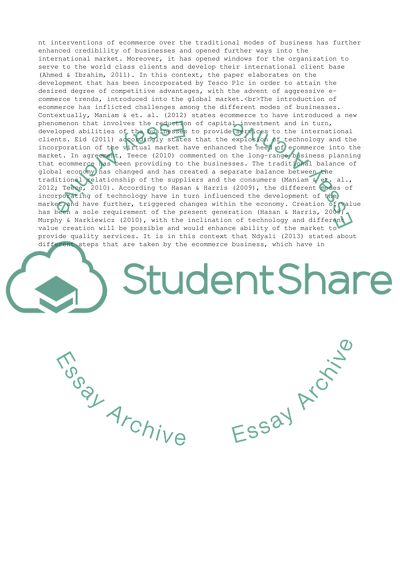Cite this document
(“Reserch proposal Essay Example | Topics and Well Written Essays - 1500 words - 1”, n.d.)
Retrieved from https://studentshare.org/management/1667697-reserch-proposal
Retrieved from https://studentshare.org/management/1667697-reserch-proposal
(Reserch Proposal Essay Example | Topics and Well Written Essays - 1500 Words - 1)
https://studentshare.org/management/1667697-reserch-proposal.
https://studentshare.org/management/1667697-reserch-proposal.
“Reserch Proposal Essay Example | Topics and Well Written Essays - 1500 Words - 1”, n.d. https://studentshare.org/management/1667697-reserch-proposal.


